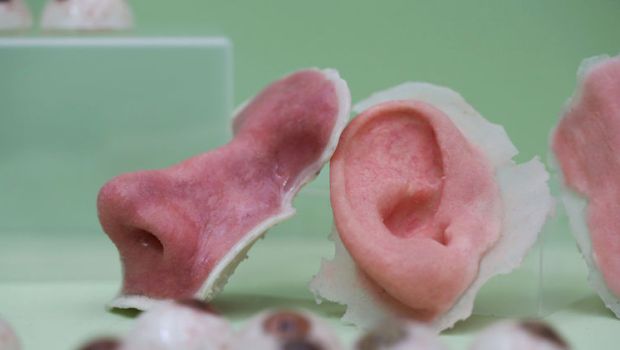Here is an amazing leap forward in 3D printing called Bio-printing. The analysts at the University of Bristol have found a method for printing live tissues with the assistance of another bio-ink for 3D printing with undifferentiated cells. This ink comprises of 2 parts. A characteristic polymer got from regular ocean growth and an engineered polymer that gets evacuated in the end.
The lead analyst Adam Perriman from the school of the cell and atomic drug said that they were confronted with difficulties of planning a bio-ink that was printable, and sufficiently tough to keep up its shape when added to the supplements, and in the meantime would not hurt the cells.
The part of the manufactured polymer was to roll out the bio-ink improvement which will go from fluid to strong on raising the temperature and the kelp polymer fabricates the shape when the cells are presented.
The bio-ink spilled out of a retrofitted benchtop printer, and the fluid changed over to a gel at 37 degree Celsius, permitting the arrangement of the cells.
According to the discoveries distributed in the Advanced Healthcare Materials, this innovation works on a theory that could help in building complex tissues by utilizing the patient’s own particular undeveloped cells. The ligament transplants could be utilized as a part of orthopedic surgeries of the knee and hip. The foundational microorganisms were further separated to osteoblasts, which are cells that contain the network of ligament and get to be installed in it. This aided in building 3D printed tissues in 5 weeks which incorporated a full measure tracheal ligament ring.
The most intriguing part was that when the cells were included, engineered polymer totally left from the 3D structure, and just the foundational microorganisms and the regular ocean growth polymer were abandoned. This component made infinitesimal pores in the structure through which supplement access by the immature microorganisms was conceivable.
Source: 3dprinting.com
